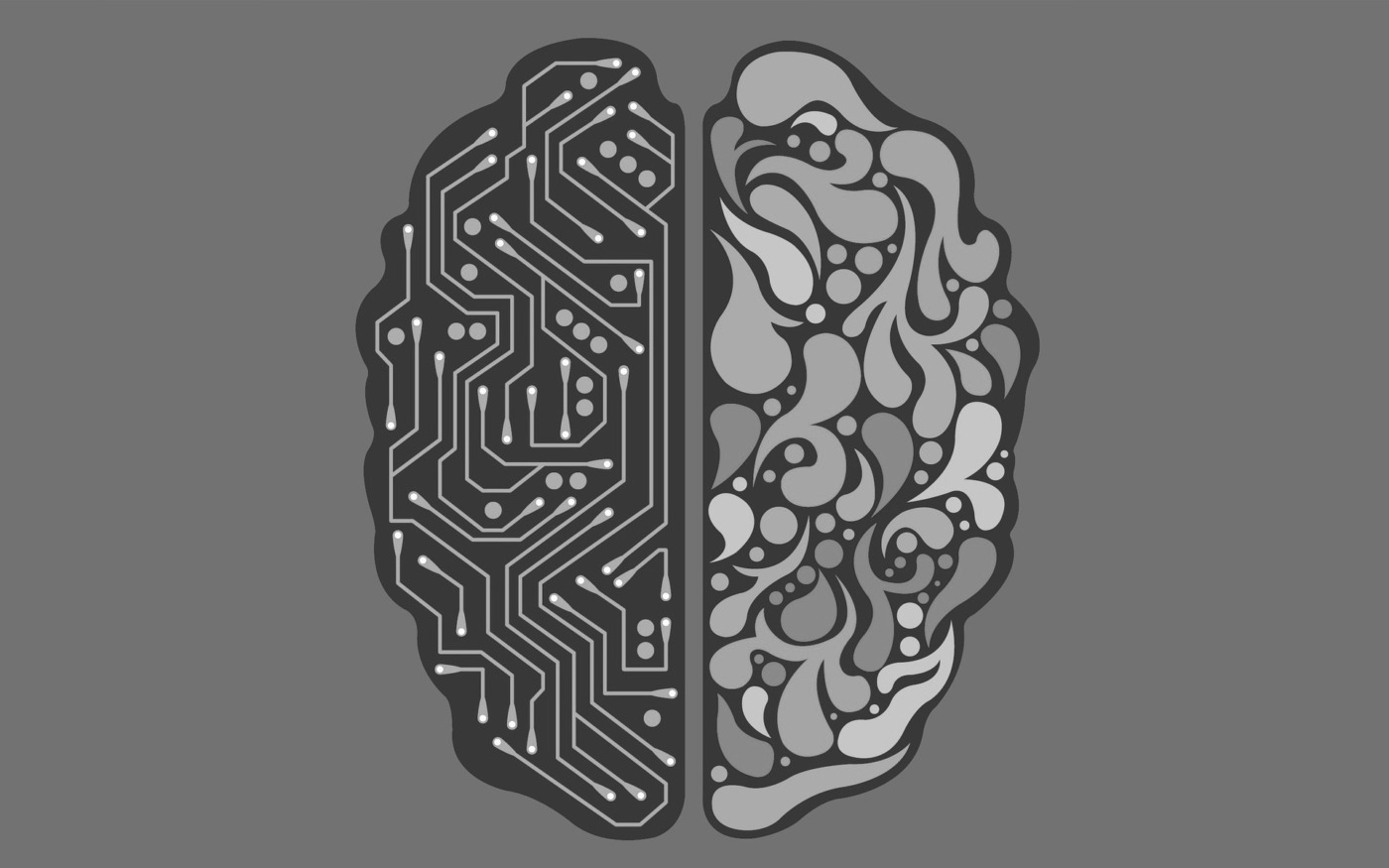‘Zombie genes’ come to life in the brain after death
For a long time, science has run on the assumption that, once we’re dead, that’s that. But new research from the University of Illinois NeuroRepository has found that gene expression in some genes actually increases after death – although we are dead, parts of the brain are still active, increasing their activity and even growing. The shock discovery of these so-called ‘zombie genes’ in the brain could have huge implications for all future research into neurological disorders, and reshape how we understand our grey matter.
The research team noticed that the global pattern of gene expression (or the process by which the instructions in DNA are converted into instructions for making proteins or other molecules) in fresh human brain tissue didn’t match any of the published reports of post-mortem brain gene expression. This was true both in cases of people without neurological disorders, and those with a wide variety of neurological disorders from autism to Alzheimer’s disease. This led them to believe that certain changes must occur in the brain in the hours after death, which generate discrepancies between fresh and post-mortem samples.
The shock discovery of these so-called ‘zombie genes’ in the brain could have huge implications for all future research into neurological disorders, and reshape how we understand our grey matter
To investigate these changes, the researchers ran a “simulated death experiment”, whereby recently extracted brain tissue samples were stored at room temperature for 24 hours. Genetic analyses were conducted at numerous time points in order to observe how the gene expression changes post-mortem. In 80% of the cases, the genes did not change their expression, and those that are directly related to brain activity such as thinking and memory became significantly reduced within a few hours. This is unsurprising, as death brings an end to these cognitive processes.
But this leaves a lot of genes which actually activated during the 24 hours. According to Dr Jeffrey Loeb, head of neurology and rehabilitation at the UIC College of Medicine and corresponding author on the paper: “Most studies assume that everything in the brain stops when the heart stops beating, but this is not so.” The so-called ‘zombie genes’ were all related to inflammatory glial cells, which are normally active following a brain injury or a stroke. The researchers observed that the glial cells grow and sprout long, arm-like appendages for many after death, peaking after about 12 hours.
Why does this matter? Well, much of the research on neurological disorders is performed on post-mortem human brain tissue, which is extracted from patients several hours or even days after death. This study indicates that these tissue samples are likely to have undergone significant changes in this time period, and so it may differ from the brain tissue of living patients. This is true for both healthy and neurologically unhealthy individuals. As a result, the team recommend that researchers need to take these changes into account, and reduce the time between death and study as much as possible to limit the magnitude of these changes.
Dr Loeb said: “Our findings don’t mean that we should throw away human tissue research programs, it just means that researchers need to take into account these genetic and cellular changes, and reduce the post-mortem interval as much as possible to reduce the magnitude of these changes. The good news from our findings is that we now know which gene and cell types are stable, which degrade, and which increase over time so that results from post-mortem brain studies can be better understood.”

Comments